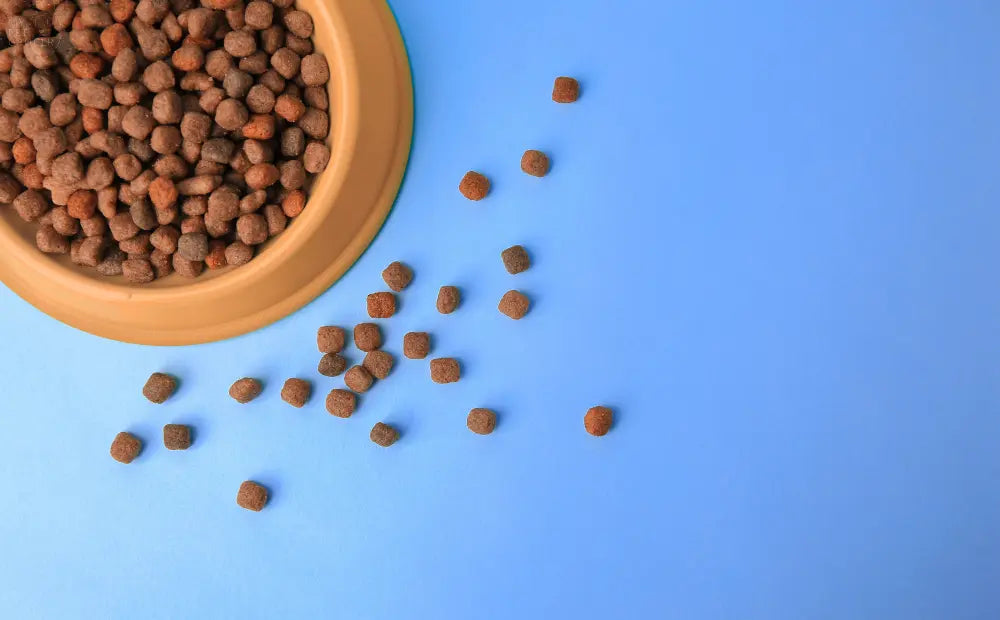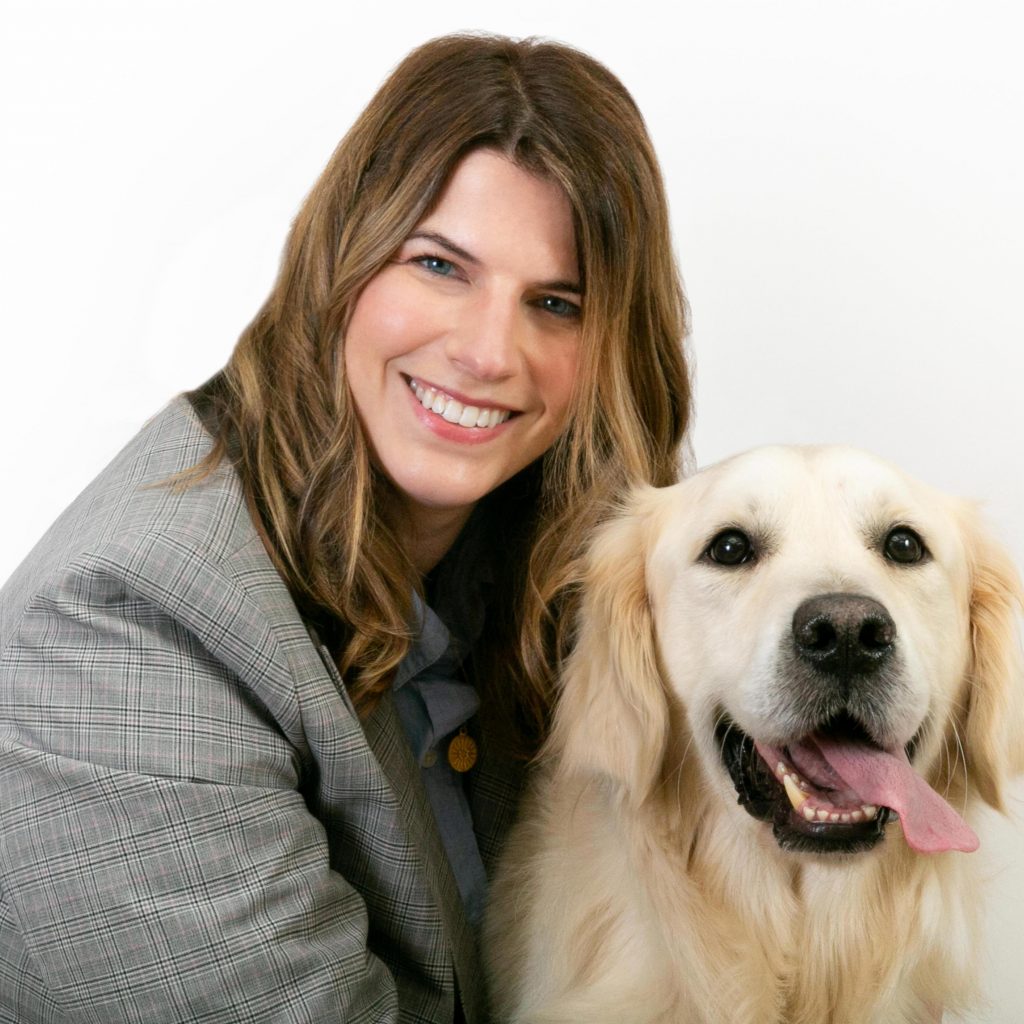
Storing Pet Food Properly to Maintain Quality and Appeal
Proper storage is key to keeping your pet’s food fresh, safe, and nutritious. From sealing bags in their original packaging to using airtight containers and avoiding humid or sunlit areas, small steps make a big difference in maintaining quality. Safe storage also ensures you have important product details on hand in case of recalls or health issues. By following these best practices, you’ll protect your pet’s diet—and their health—every time you feed them.
By Dr. Danielle Conway
Proper storage of pet food is essential to maintaining its freshness and nutritional value. Commercially available kibble is an appealing and reasonable diet for your best friend, but like human food, safe handling practices should be followed.
Here are some best practices
Original packaging
Ideally pet food should be stored in the original container. Extensive research has shown how pet food should be packaged to maintain optimal freshness. Pet foods need protection from air, light, heat, and contamination. Modern packaging achieves that goal.
Proper storage also keeps your pet from eating too much or eating the wrong food. Cat food contains nutrients essential for cats, but are not good for dogs. And some pets are prescribed diets specific to their medical conditions.
It is important to seal the package tightly after each use. Roll the bag down after opening and close it with a strong clip. Or you can place the entire package into an airtight container.
Original packaging contains information that may be needed if your pet experiences distress or if there’s a product recall. The product name and manufacturer, the ingredient list, expiration or “best by” date, the UPC code, and lot number are all important.
Airtight containers
Original packaging can be inconvenient for long-term storage. It's hard to roll it down tightly, even with a clip. Bags may not be resistant to liquids or to the exploring noses and teeth of pets and pests. Even the cleanest of homes sometimes attract unwelcome visitors.
Storing food in airtight containers prevents oxidation from exposure to air, mold from moisture, and contamination from pests. It maintains freshness and prevents spoilage.
Ideally, the original packaging will fit into the container. If not, at minimum, save the lot number, expiration date, company contact information, and any information you may need if you suspect a reaction to the food.
If a product recall is issued, you have the information to check your supply. You can cut out the label and tape it to the container, replacing it with each refill.
Never dump fresh food on top of old food. Empty the container completely. Wash it and the lid thoroughly with dish soap and hot water. Let them dry before refilling.
Where and how to store pet food
As with human food, store pet food in a cool, dry place away from direct sunlight. Avoid areas that are prone to temperature fluctuations, like garages.
Also, avoid humid and wet areas such as under the sink. Moisture causes foods to become moldy and unfit for pets. It also attracts pests.
Never store pet food near chemicals or gasoline! Cleaning supplies, pest control, and garden products can contaminate food
Check expiration dates and rotate stock
Pay attention to expiration dates. Expired food may lose its nutritional value and could be harmful to your pet.
Practice first-in, first-out rotation so that older food is used before newer purchases. This keeps food from going stale.
Keep food off the floor
Store pet food containers off the floor to prevent contamination by insect and rodent pests. This facilitates easy cleaning around the storage area, too.

Follow the manufacturer’s recommendations
Follow any specific recommendations provided for canned, fresh, or raw foods. They require special handling to remain safe. Unused but opened products should be thrown away or covered and refrigerated. If in doubt, call the manufacturer.
How to report a problem
Rarely, it becomes necessary to report issues with pet foods. Of course, you'll contact your veterinarian for advice, but some situations, like these, need to be reported to both the FDA and the product manufacturer.
-
There's a foreign object in the product
-
The original container is bulging or leaking
-
The food smells bad
-
Your pet becomes ill after eating the food
With the information on the package, including the UPC code, lot number, and expiration date, you can give them what they need to investigate and fix the issue.
That’s it!
By following these commonsense guidelines, your pet's food will remain fresh, nutritious, appealing, and safe for consumption.
